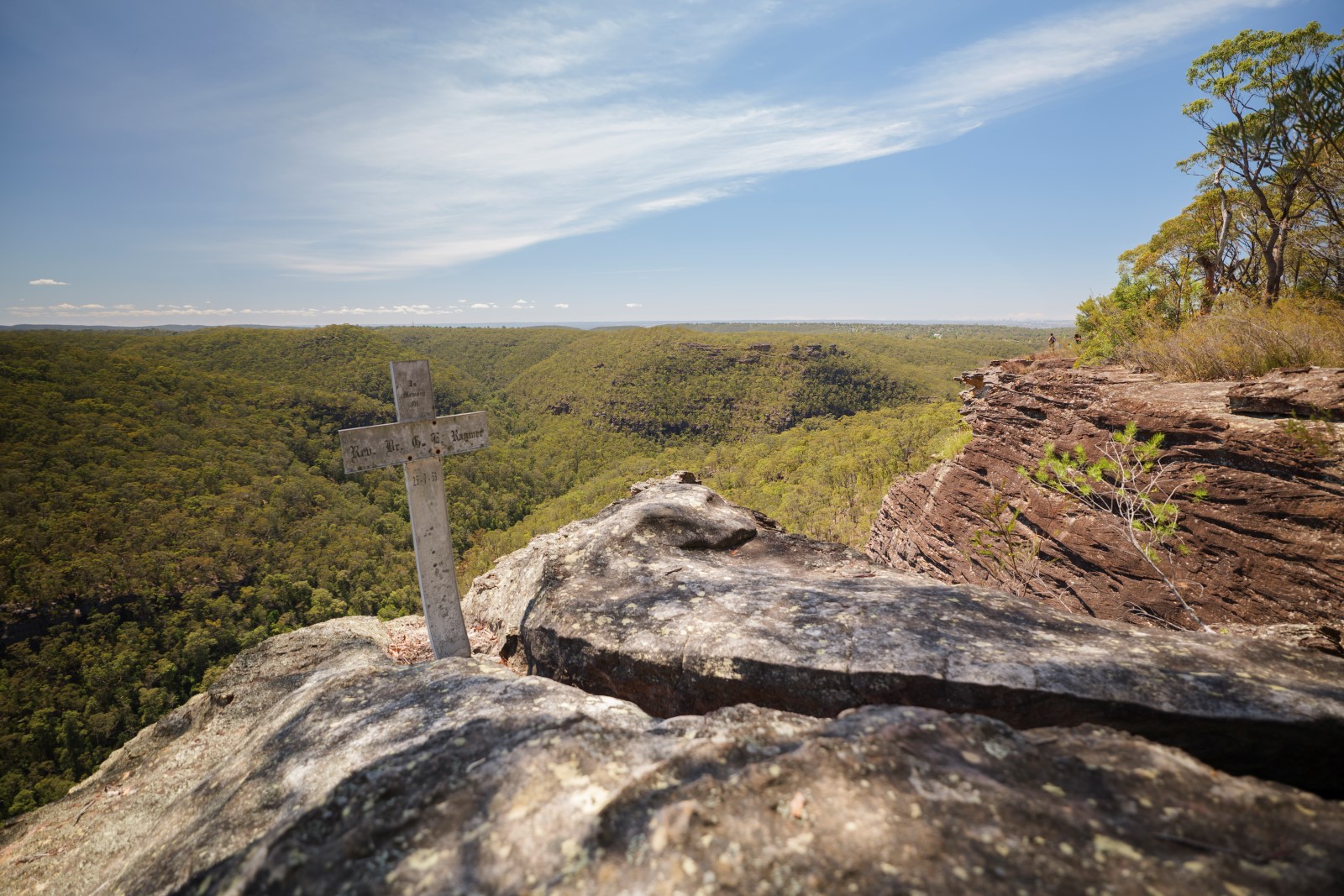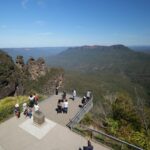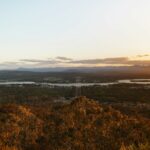
This Blog Post is written by Zakari Kha, a landscape and commercial events photographer based in Sydney.
I was given the opportunity to get access to new firmware for my LUMIX S5II and you bet I packed my bag to head out and give it a shakedown.
The latest firmware update from Panasonic for the S5II and S5IIX (V2.2 and V1.3) brings with it a couple of great features that may prove to be especially beneficial to landscape photographers who wish to squeeze a bit more detail into the images that they capture.
The existing tripod based High-Res Mode can now be extended out to 8 seconds on a tripod allowing far more creative freedom for long exposure when utilising this brilliant feature for your next masterpiece.
What is more exciting is the addition of a Handheld High-Res mode which utilises the class-leading IBIS (in body image stabilisation) in the S5II range to composite a huge 96MP (megapixel) image with exposures of up to 1 second.
As someone who always carries a camera on a hike. The thought of being about to lighten my pack by leaving the tripod at home is rather exciting. Unlike the fast and furious world of street racing where it doesn’t matter if you win by an inch or a mile, hiking is the opposite. Being able to drop kilos off your pack weight can be the difference between enjoying the adventure or causing permanent cartilage damage to your tortured joints. What you may find also is that you might end up shooting far more, now you are unburdened by the task of having to set up a tripod for every composition you wish to take.
The ability to create such high-resolution images not only means you can print larger, but you can play around far more with crop in post if say you did not bring a long enough lens and want a tighter frame without sacrificing so much detail as you would cropping in on the normal 24mp file. As the camera is taking multiple images and combing them together, there is the added benefit of increased noise performance, and dynamic range. So using high-resolution mode in high ISO conditions will result in an image with less noise.
There is a limitation obviously, specifically in relation to movement in the frame. Any movement will be captured at normal resolution as can be seen in the waterfall shot. So, keeping this in mind, it does perform better in certain scenarios more than others. While the weather refused to play ball during my testing period the results do leave me excited for what I will be able to create in future with it.
Here are some example shots I took using the new Handheld In-Camera High-Res mode.
Click here to Download Firmware v2.2 for the S5II or v1.3 for the S5IIX




